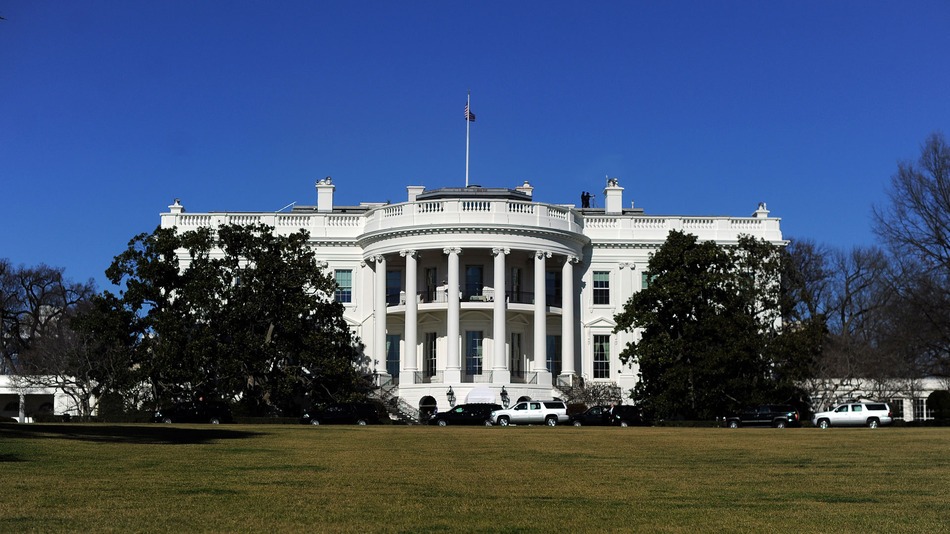Eight years in the White House is a long time, and the public can grow tired of a president and his party. In a presidential election with no incumbent, after one person served two full terms, the White House almost always flips to the other party. Crunch those numbers and the GOP has an 83 percent chance or better of winning the presidency in 2016.
Videos by Rare
Since 1950, four presidents have served two full terms: Dwight Eisenhower (R), Ronald Reagan (R), Bill Clinton (D) and George W. Bush (R). In three of the subsequent no-incumbent presidential elections, the party winning the White House flipped. Only Reagan was followed by a winning candidate from the same party, George H.W. Bush.
But while the 1988 election was technically open with no presidential incumbent, Bush was the sitting vice president, which no doubt gave him a huge advantage in the race. That, and the fact that he campaigned as being the “third term” of Ronald Reagan, a promise he failed to live up to.
If we go back to 1900, we see a similar pattern. Between 1900 and 1950 only two presidents, both Democrats, served two full terms in the White House: Woodrow Wilson and Franklin D. Roosevelt, who served three full terms and was just starting his fourth when he died.
After Wilson’s eight years the White House flipped to a Republican, Warren G. Harding. Of course, Harry Truman took over after FDR’s death in 1945 and ran for reelection as an incumbent in 1948. So the first time an open election came up again after Roosevelt, in 1952, the White House flipped to a Republican, Eisenhower.
Thus there have been six presidents who served eight full years (or more for FDR) since 1900 and in five of those the party controlling the White House flipped at the next open election. Assuming President Obama serves his second full term, the GOP has an 83 percent chance of taking back the White House — regardless of who gets the GOP nomination.
And if you consider George H.W. Bush an incumbent by virtue of being the sitting veep and so exclude him, that would give the GOP a 100 percent chance of retaking the White House.
Defeating an incumbent president is very difficult, but it’s actually less difficult than retaining the White House after one person has been president for two full terms.
It’s even difficult to keep the White House after eight years of one-party control, but more than one president. Lyndon Johnson finished John F. Kennedy’s first term and one term on his own. Johnson’s departure marked eight years of Democrats running the White House, and the open election flipped to Republican Richard Nixon in 1968. And Gerald Ford filled out Nixon’s second term, for eight years of Republican control, and the White House flipped back to a Democrat: Jimmy Carter.
There were, however, two times in the early 1900s when non-incumbent Republican candidates won the White House after two terms of Republican control.
After eight years of one-man control of the White House, the public is usually ready for a change of parties — and direction. That has to go double, or even triple, for the current occupant. Given presidential election history since 1900, the odds are strongly in favor the GOP challenger.



